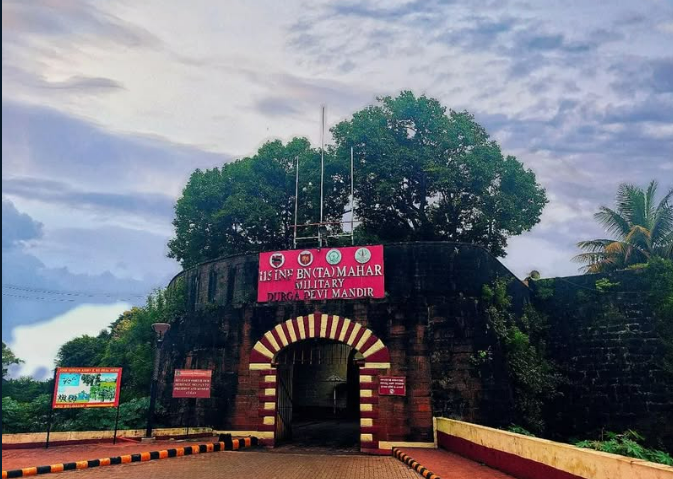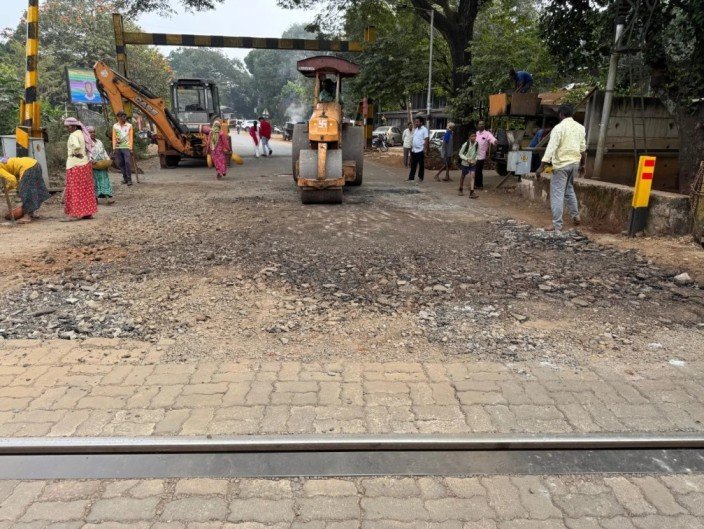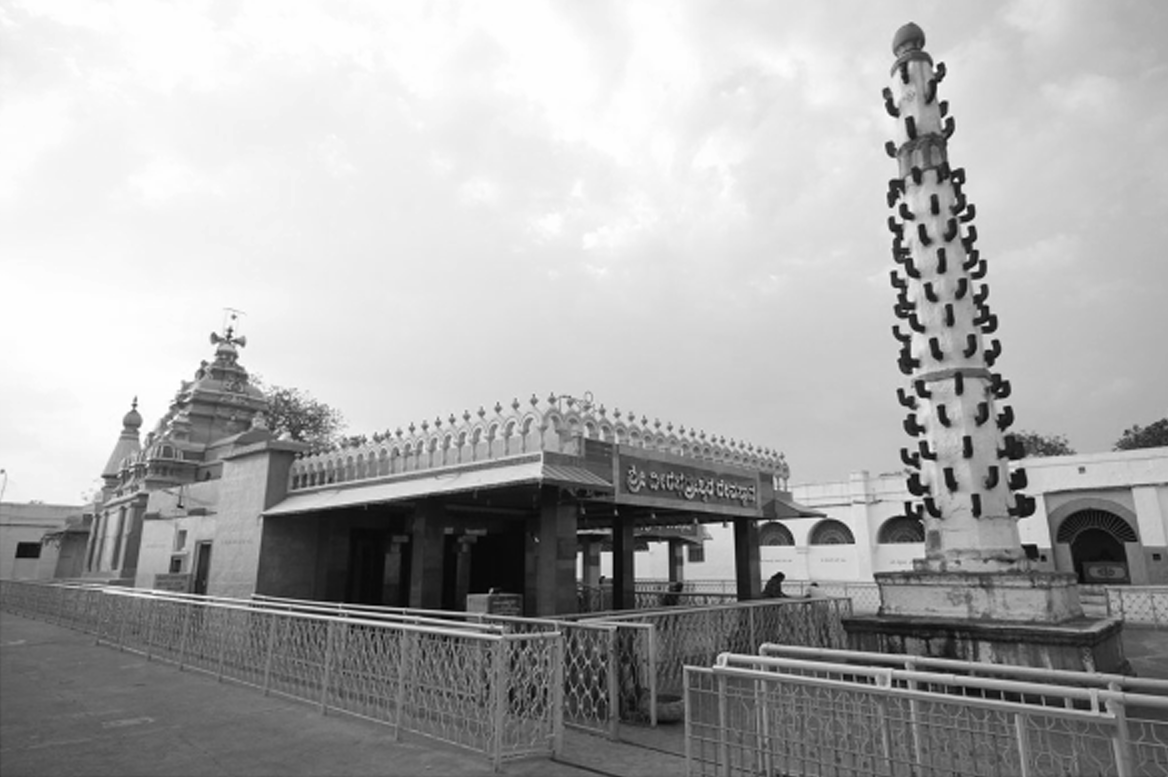
A glimpse of the sacred Durga Devi Temple, where history and spirituality unite.

The Durga Devi Temple is located within the Belgaum Fort, a historic site in Belagavi, Karnataka. The fort, which is recognized as a National Heritage Monument by the Karnataka State Government, holds great historical significance and has been a symbol of resilience and defense throughout its long history. The fort’s construction dates back to the 13th century during the rule of the Ratta Dynasty.
For Reference: https://www.incredibleindia.gov.in/en/karnataka/belagavi/belgaum-fort
Over the years, the fort has been expanded and fortified by various rulers, including the Vijayanagara, Adil Shahis, Marathas, and the British Raj. These dynasties contributed their unique architectural styles, which are visible in the fort’s design. The fort originally housed 108 Jain temples and 101 Shiva temples, although many of these were dismantled by later rulers. Some of the stones from these temples were reused in the fort’s construction, leaving behind remnants that can still be seen today.
The fort features an impressive blend of Jain, Hindu, and Muslim architectural styles, reflecting the rich cultural diversity of the region.
Inside the fort, the Durga Devi Temple stands as a key spiritual site. The temple, along with other shrines dedicated to Lord Ganapathi, is an important part of the fort’s heritage. Additionally, two mosques, Jamia Masjid and Safa Masjid, also lie within the fort, symbolizing the fort’s legacy of religious tolerance.
Visitors can also enjoy the serene Fort Lake near the fort, which offers boat rides and a peaceful atmosphere. The surrounding markets provide an opportunity to explore local handicrafts and souvenirs that reflect the culture of Belagavi. For those interested in learning about the fort’s rich past, Heritage Walks are available, providing insightful tours of the fort’s history.







